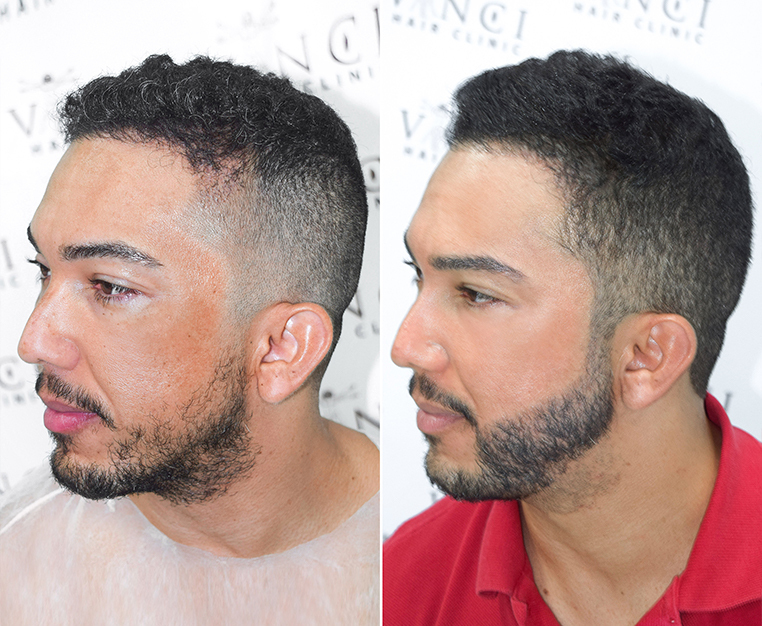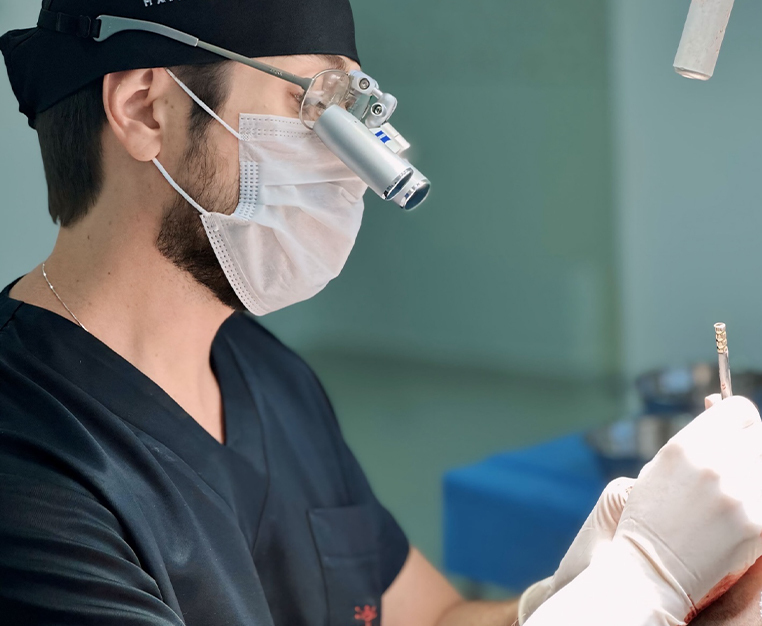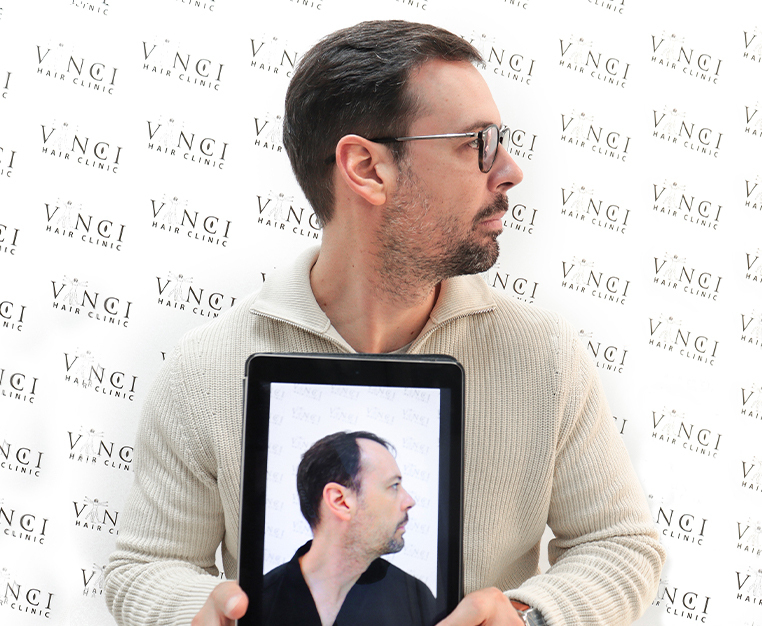Women of all ages have experienced that sinking feeling. It happens the moment you look in the mirror and notice that your part has widened and the hair around your temples looks thinner. You can tell yourself that it’s just a bad hair day, but that sinking feeling tells you something different. How you treat the problem depends on the underlying cause of the hair loss. It could be due to hormonal imbalances, stress, haircare practices or nutrient deficiencies.
We’re going to look at some of the top tips for dealing with a receding hairline whatever the cause. Keep reading to learn more!
What’s Different About Female Hair Loss?
Female hair loss, also known as female pattern hair loss or androgenetic alopecia, is characterised by a gradual thinning of hair on the scalp. It’s often most noticeable at the temples and along the part line. In contrast, male pattern hair loss has a more dramatic hairline recession and hair thinning on the crown of the head.
The causes of female hair loss are not fully understood, but it is thought to be related to hormonal changes, genetics or even your haircare habits. Let’s look at some of the most effective ways of dealing with female hair loss.
Effective Treatments
Platelet-rich plasma (PRP) therapy is a non-surgical medical treatment in which a patient’s own blood is processed in a centrifuge to separate the platelets. These are then injected into the scalp to promote hair growth. The platelets release growth factors that stimulate the growth of new blood vessels, collagen and other tissues in the scalp. This helps to revive dormant hair follicles.
Micro Scalp Pigmentation (MSP) is a non-surgical hair loss treatment that involves tattooing microdot pigments onto the scalp. The procedure creates the look of a buzz cut hairstyle. MSP can also be used to camouflage a variety of hair loss conditions, such as pattern baldness and scarring alopecia, by giving the impression of greater density to thin strands. The procedure typically requires several sessions to achieve the desired look.
Low-level laser therapy (LLLT) is a non-invasive treatment for hair loss which uses low-level lasers or light-emitting diodes (LEDs) to stimulate hair growth. The laser light is absorbed by the cells in the scalp. This increases blood flow and promotes the growth of new hair. It is also thought to reduce inflammation and protect the hair follicles from damage.
LLLT is often used in combination with other, medicated hair loss treatments such as minoxidil or finasteride. Minoxidil can be applied topically to the scalp to help stimulate hair growth. It is the only FDA-approved medication for female pattern hair loss.
Other medicated treatments include hormone therapy which helps with hair loss by addressing the underlying hormonal imbalances that are causing it. Men and women share some of the same hormonal problems, particularly when it comes to dihydrotestosterone (DHT). Women also experience a drop in the female sex hormone oestrogen in menopause.
Medicated treatments should only be taken on the advice of a doctor, and this also applies to nutritional supplements. Supplements commonly used in the fight against hair loss include biotin, zinc, iron and vitamin D. However, these are only effective if you have a genuine nutritional deficiency. If you don’t, then these supplements will not stop your hair loss and may cause other problems; too much Vitamin D, for example, can cause a build-up of calcium in your system.
Hair loss from the temples and hairline may be due to your haircare habits. Tight hairstyles such as a slick-backed bun or a ponytail can, over time, lead to traction alopecia. This is when the hair follicles become scarred and unable to produce new hair. The condition is reversible if you catch it early enough, but your goal should be to prevent it from appearing in the first place. Don’t wear your hair in a tight style for too long, therefore. Mix things up with a looser style.
Head massages may help stimulate hair growth by increasing blood flow to the scalp, thus bringing oxygen and nutrients to the hair follicles. A head massage works best when combined with the use of hair oils which help nourish and protect the scalp. Some of the best oils for promoting hair growth include castor oil, coconut oil, jojoba oil, olive oil and argan oil.
Conclusion
Worries about hair loss hair are best tackled at an early stage. You could be stressing yourself needlessly, but if you do have a problem then the sooner it’s identified, the more effective any treatment is likely to be.
Vinci Hair Clinic is waiting to help. We provide a free, no-obligation consultation to all our new clients. This can happen in person at one of our many clinics around the world or on WhatsApp using photographs, whichever suits you better. Get in touch today and book your appointment!





